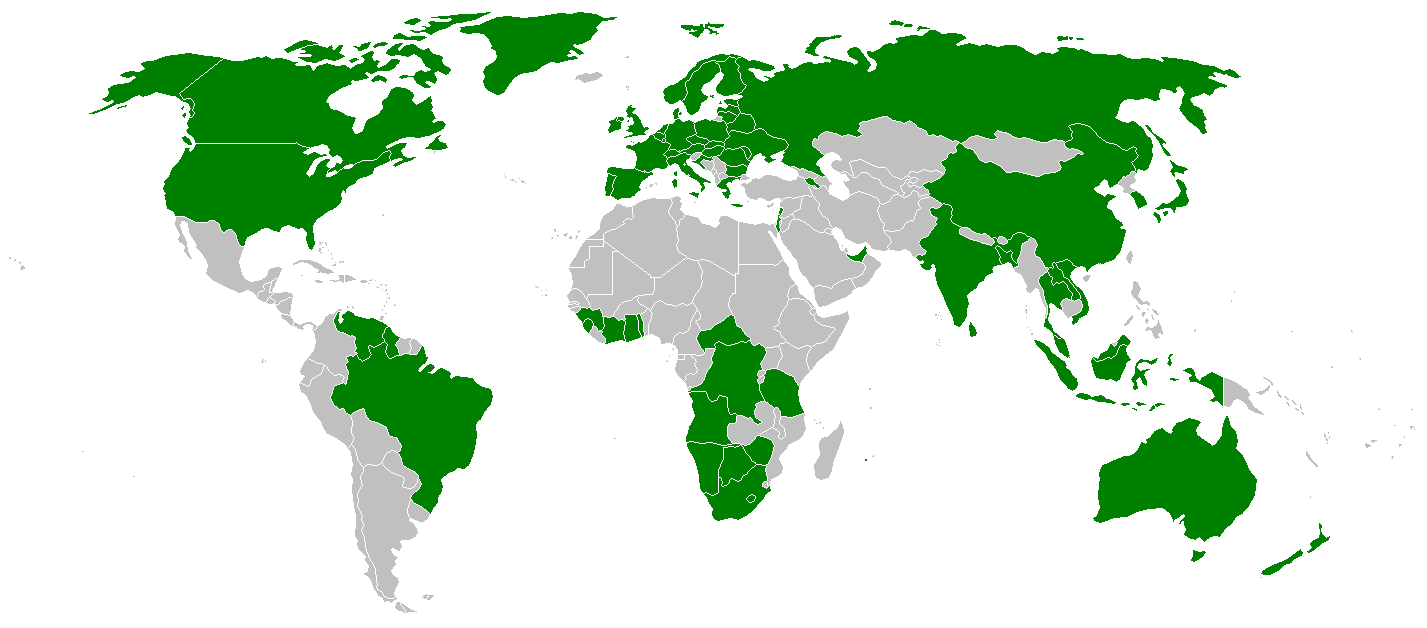
"As a result of the Kimberley Process Certification Scheme, diamonds are among the most monitored and audited of any natural resource in the world.
This system has proven to be an essential and effective tool in combating the scourge of conflict diamonds."
-Eli Izhakoff, Chairman World Diamond Council

Today 75 countries, the European Community counting as one participant, are members of the Kimberley Process. The World Diamond Council, Global Witness and Partnership Canada Africa also participate in the Kimberley Process. To join the Kimberley Process, a country must meet the minimum requirements set out by the KPCS and submit its application to the KP Chair. The Chair then evaluates the situation and together with the participation committee considers the application.

New Issues
The Kimberley Process has led to important progress not only in controlling the diamond trade but also in bringing awareness of the situation in those developing countries we know so little about but we need so much. The Kimberley Process has reminded the industry and the whole world that it is important to take action and responsibility. However, it also has its limitations. The Kimberley Process mission is to ensure that diamonds are not used to finance wars.
But what about human right abuses, or even environmental issues. The recent events of human right abuses in Zimbabwe for example have been challenging for the Kimberley Process, because Zimbabwe is in fact not at war, and there are no rebel forces trying to control the diamond mines. Moreover, Zimbabwe has met the KPCS requirements and has even made great efforts to develop its mining industry further. But when government soldiers use extreme violence on illegal miners and neglect all their basic human rights, this clearly opens the door to many questions about the Kimberley Process’s authority over such matters.
These problems do not uniquely concern the diamond industry. In fact all industries provided with natural resources from countries with weak human right and environmental regulations should be concerned. Although the diamond industry is constantly contributing and searching for further means of action to improve all aspects of its production and trade, only a collaboration of all industries can make a real change.

